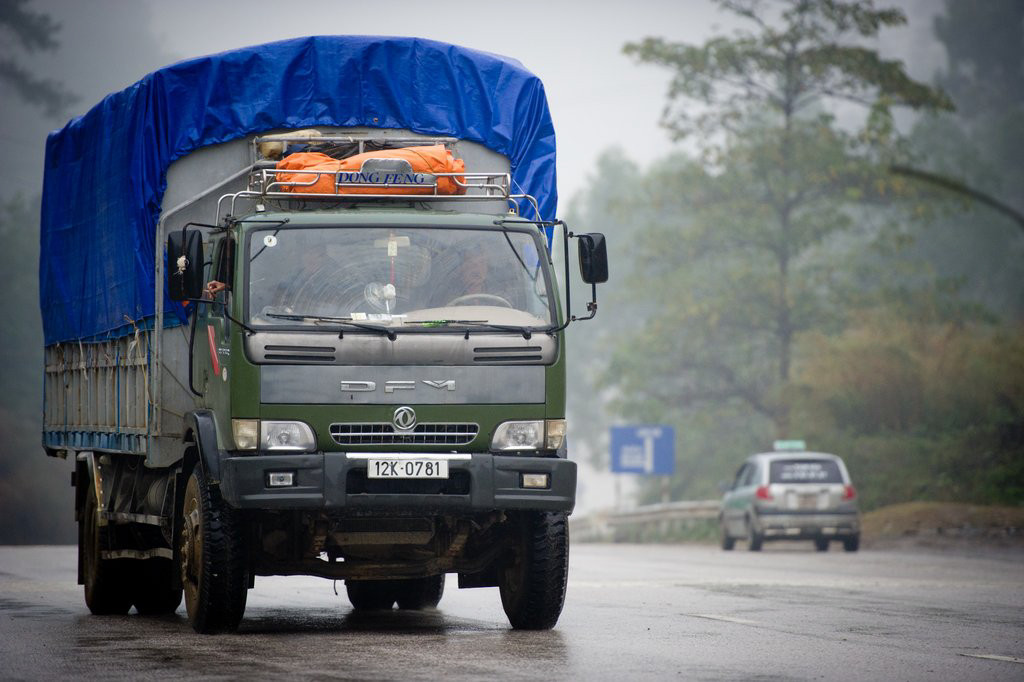20 years of Greater Mekong Subregion economic cooperation
Significant investment in infrastructure connectivity, competitiveness and community.
Flagship initiatives: Economic Corridors connecting key border crossing areas and trade hubs.
Increased connectivity has resulted in significant benefits, but also impacts in terms of GHGs and pressure on land use and ecosystems.
Current challenges in logistics performance and efficiency are owed to:
Road dominated freight sector
Fragmented industry made up of SMEs
Poor logistics management capacity, ‘empty running’
Use of outdated, second-hand technologies
Little / no access to credit
Poor driving behavior
The Asia Development Bank’s Greater Mekong Region Core Environment Program has initiated a set of pilot projects.
Initiating pilot projects to test interventions and leverage investment
Expected outcomes
Remove policy barriers for new technologies
Catalyze government and private sector appetite for green freight
Establish coordination mechanism between agencies
Managing Organization:
Asia Development Bank's Greater Mekong Region Core Environment Program
Carbon Emissions Offset (Metric Tons CO2 per year):
9000 t CO2 p.a.
